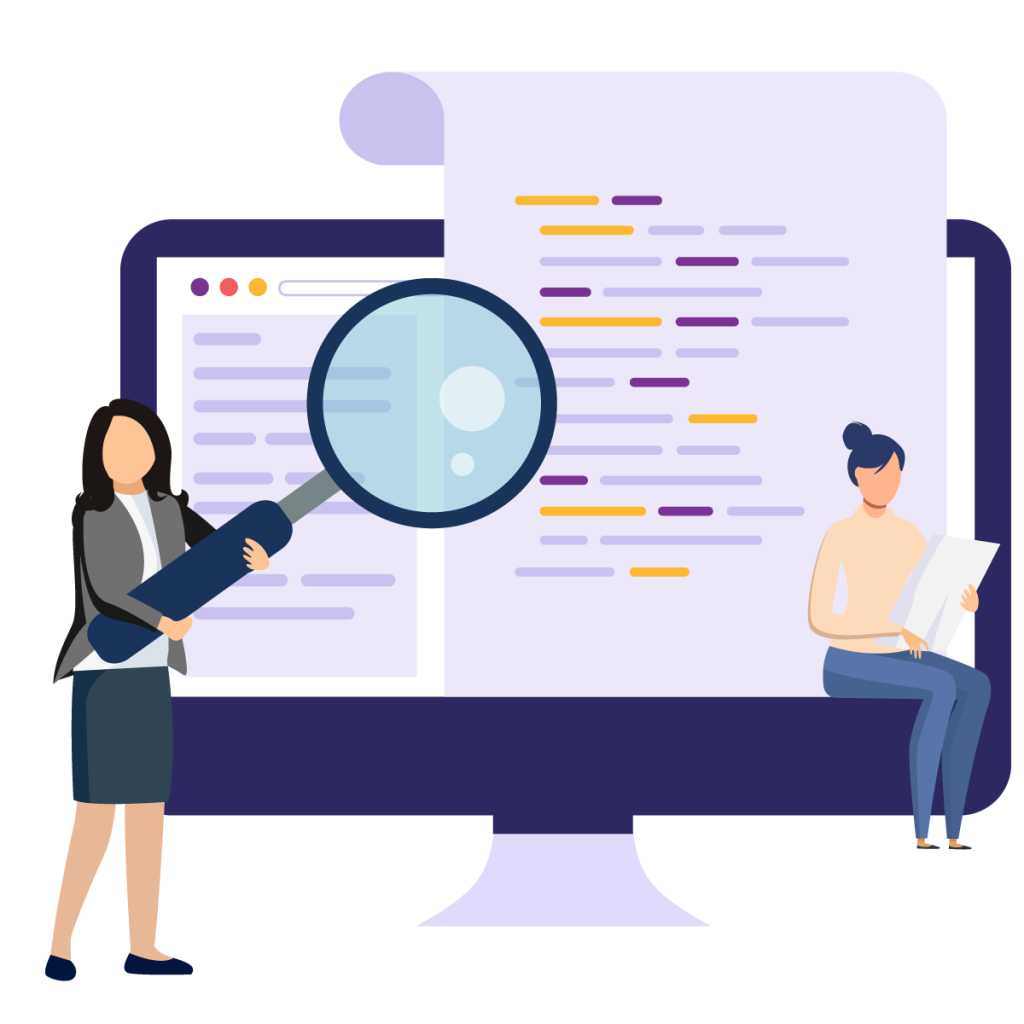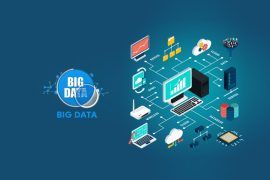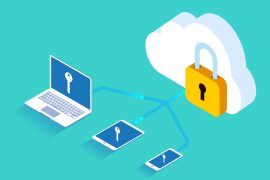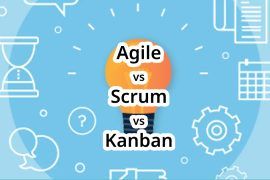The rise of the digital age has brought about an explosion of information and content creation. As a result, ensuring the originality and authenticity of textual content has become a critical concern, especially in academic, journalistic, and professional settings. Enter Artificial Intelligence (AI), a transformative technology that is revolutionizing the way we verify the originality of textual content. In this article, we will explore the significant contributions of AI in authenticating and validating the originality of written material, delving into the techniques, benefits, and potential challenges.
Table of Contents
Problem with Plagiarism

Plagiarism refers to the act of presenting someone else’s ideas, words, or work as one’s own, without proper attribution or acknowledgment. It involves using another person’s intellectual property, whether it’s text, ideas, images, or other creative expressions, without permission or giving credit. Plagiarism undermines the principles of academic integrity, creativity, and originality.
The problem of plagiarism has escalated in the digital age due to the easy accessibility of information online. With vast amounts of content readily available, individuals may be tempted to copy and paste, intentionally or unintentionally, without recognizing the consequences. Plagiarism erodes the value of authentic intellectual contributions, undermines the learning process, and damages the credibility of both individuals and institutions. Addressing plagiarism requires a combination of awareness, education, and technological solutions. As a response, institutions and industries are increasingly turning to AI-powered tools to efficiently detect and prevent plagiarism, thereby promoting originality and upholding ethical standards in content creation and dissemination. This is where AI steps in, offering efficient and accurate solutions to tackle the problem of plagiarism.
Challenges in Detecting Originality Manually
Detecting plagiarism manually presents several challenges that can hinder the accurate and efficient identification of copied content. Firstly, it’s time-consuming and labor-intensive, especially for large volumes of text. Human reviewers may struggle to pinpoint subtle instances of paraphrased plagiarism, requiring significant effort to compare and cross-reference sources. Moreover, subjectivity and bias can influence manual assessments, leading to inconsistencies in determining originality. Human reviewers might miss obscure sources or be unaware of all potential reference materials, resulting in incomplete evaluations. Additionally, the evolving digital landscape has expanded the accessibility of information, making it difficult to track and verify original sources. Distinguishing between common phrases, unintentional similarities, and deliberate copying demands a discerning eye that is prone to fatigue and oversight. Lastly, the sheer volume of content uploaded daily across various platforms overwhelms manual verification methods.
AI-Powered Text Comparison and Analysis
AI-powered text comparison and analysis involves using advanced algorithms to compare and assess textual content for similarities, differences, and potential instances of plagiarism. These algorithms leverage Natural Language Processing (NLP) techniques to understand the context, meaning, and structure of the language used in the text. Through this process, AI systems can identify various forms of plagiarism, such as verbatim copying, paraphrasing, and structural changes. By analyzing linguistic patterns, sentence structures, and word usage, these systems can pinpoint potential matches even in cases where content has been slightly modified. AI-powered text comparison and analysis offer unparalleled speed and efficiency, enabling large volumes of content to be scanned in a fraction of the time it would take manually.
Natural Language Processing (NLP) in Action
In the realm of anti-plagiarism measures, Natural Language Processing (NLP) plays a pivotal role by enabling advanced analysis and understanding of textual content. NLP algorithms are designed to comprehend human language, including its nuances, context, and semantics.
When applied to anti-plagiarism efforts, NLP algorithms excel in identifying instances of plagiarism that go beyond verbatim copying. They can detect paraphrased content, restructured sentences, and subtle changes in wording. NLP-powered systems not only compare strings of text but also consider the underlying meaning, making them adept at differentiating between legitimate citations and instances of unauthorized copying. NLP’s ability to understand context is particularly crucial. It helps the system distinguish between instances where content is appropriately reused with proper attribution and cases where it’s being used without permission. Furthermore, NLP can provide explanations for its findings, aiding content creators in understanding why certain passages might have been flagged. This educational aspect fosters awareness about proper citation practices and encourages original writing.
Machine Learning and Training Data
Machine Learning (ML) is a crucial component of AI systems for originality verification. These systems learn from a vast amount of training data, which includes both authentic and plagiarized content. As the AI analyses and learns from this data, it becomes increasingly adept at identifying patterns and anomalies indicative of plagiarism. The more data the AI processes, the more accurate and reliable its detection capabilities become.
Comparison of Traditional vs. AI-powered Plagiarism Detection Methods
Traditional plagiarism detection methods heavily rely on manual intervention, where human reviewers compare texts for similarities. This approach is time-intensive and vulnerable to errors. In contrast, AI-powered methods leverage advanced algorithms and Natural Language Processing (NLP) techniques to analyze vast amounts of text quickly and objectively. AI tools can identify paraphrased content, detect subtle similarities, and cross-reference multiple sources effortlessly. They offer a higher level of accuracy and efficiency, minimizing false positives and reducing the risk of overlooking instances of plagiarism. While traditional methods require significant human effort and expertise, AI-powered solutions provide a scalable and automated approach, revolutionizing the way we ensure originality in textual content.
Nowadays with rapid advances in the Artificial Intelligence R&D sector, several software tools have emerged for users to choose from. These software exhibit plagiarism checking accuracy never seen before, whilst offering various other tools and functionalities. Choosing One from such a vast clutter of equally competent options is an arduous task for users requiring pre-requisite knowledge of features offered by this software and also a good understanding of their needs so as to choose which software qualifies as best for their needs. Here are some popular options:
- SmallSEOTools: This online suite offers a variety of tools, including a plagiarism checker that can scan text for similarities across the internet.
- Turnitin: Widely used in educational institutions, Turnitin offers a comprehensive plagiarism detection system that compares submitted documents against an extensive database of academic and non-academic content.
- Grammarly: Known for its grammar-checking capabilities, Grammarly also offers a plagiarism checker that scans text for similarities across the web and provides a percentage indicating potential plagiarism.
- Copyscape: Primarily used for web content, Copyscape helps identify instances of online plagiarism by searching for duplicate content on the internet.
- Plagscan: Plagscan provides an extensive database for cross-referencing submitted content and offers detailed reports on potential plagiarism.
- Quetext: This tool uses advanced algorithms to compare documents against a large database and generates a similarity score along with highlighted potential matches.
- Unicheck: Designed for educational institutions, Unicheck integrates with learning management systems and provides real-time similarity checks for submitted assignments.
- Plagiarisma: Supporting multiple languages, Plagiarisma allows users to check content against Google, Bing, and other search engines to identify potential matches.
Future Prospects and Enhancements in AI-driven Originality Checks
As AI continues to advance, the future of originality checks holds promising developments. AI algorithms will become more adept at detecting nuanced forms of plagiarism, such as deep paraphrasing and rewording. Integration with larger databases and improved pattern recognition will enhance accuracy. Additionally, collaborative platforms might incorporate real-time AI checks during content creation, fostering a culture of originality.
User Experience and Effectiveness of AI-based Plagiarism Checkers
AI-based plagiarism checkers are transforming user experiences by providing swift and thorough evaluations. These tools offer real-time feedback, guiding writers to create original content. Their effectiveness lies in their ability to analyze extensive databases, identify obscure similarities, and offer actionable insights. However, continuous refinement is needed to minimize false positives and negatives, ensuring reliable results. User education on interpreting reports will be crucial. Overall, AI-driven plagiarism checkers are poised to become indispensable aids for maintaining content integrity while offering an intuitive and efficient user experience.
Challenges and Ethical Considerations
While AI offers transformative solutions with high accuracy and precision to curb the problem of plagiarism , it still has some drawbacks and
- False Positives/Negatives: AI algorithms might occasionally produce false positives (incorrectly flagging original content) or false negatives (missing instances of plagiarism).
- Context Understanding: AI’s ability to understand nuanced contexts and intentions is still evolving. It might struggle with distinguishing between legitimate and improper use of content.
- Privacy Concerns: Plagiarism detection involves processing sensitive textual content, raising concerns about data privacy and security.
- Human Oversight: While AI can automate the detection process, human reviewers are still essential to interpret results and make final judgments.
Conclusion
The contribution of AI in the verification of the originality of textual content is undeniably transformative. Through advanced text comparison, NLP capabilities, and machine learning, AI-powered systems offer speed, accuracy, and scalability in detecting instances of plagiarism. As technology continues to advance, AI’s understanding of context and semantics will likely improve, mitigating false positives and negatives. However, human oversight remains crucial to ensure ethical use and interpretation of AI-generated results. With ongoing development, AI will continue to play a pivotal role in maintaining the integrity and authenticity of textual content in various domains, reshaping the landscape of originality verification.
Read More
Top 5 Benefits of SaaS for Event Management in 2023
Creating Personalised Email Communication Using AI and Machine Learning






